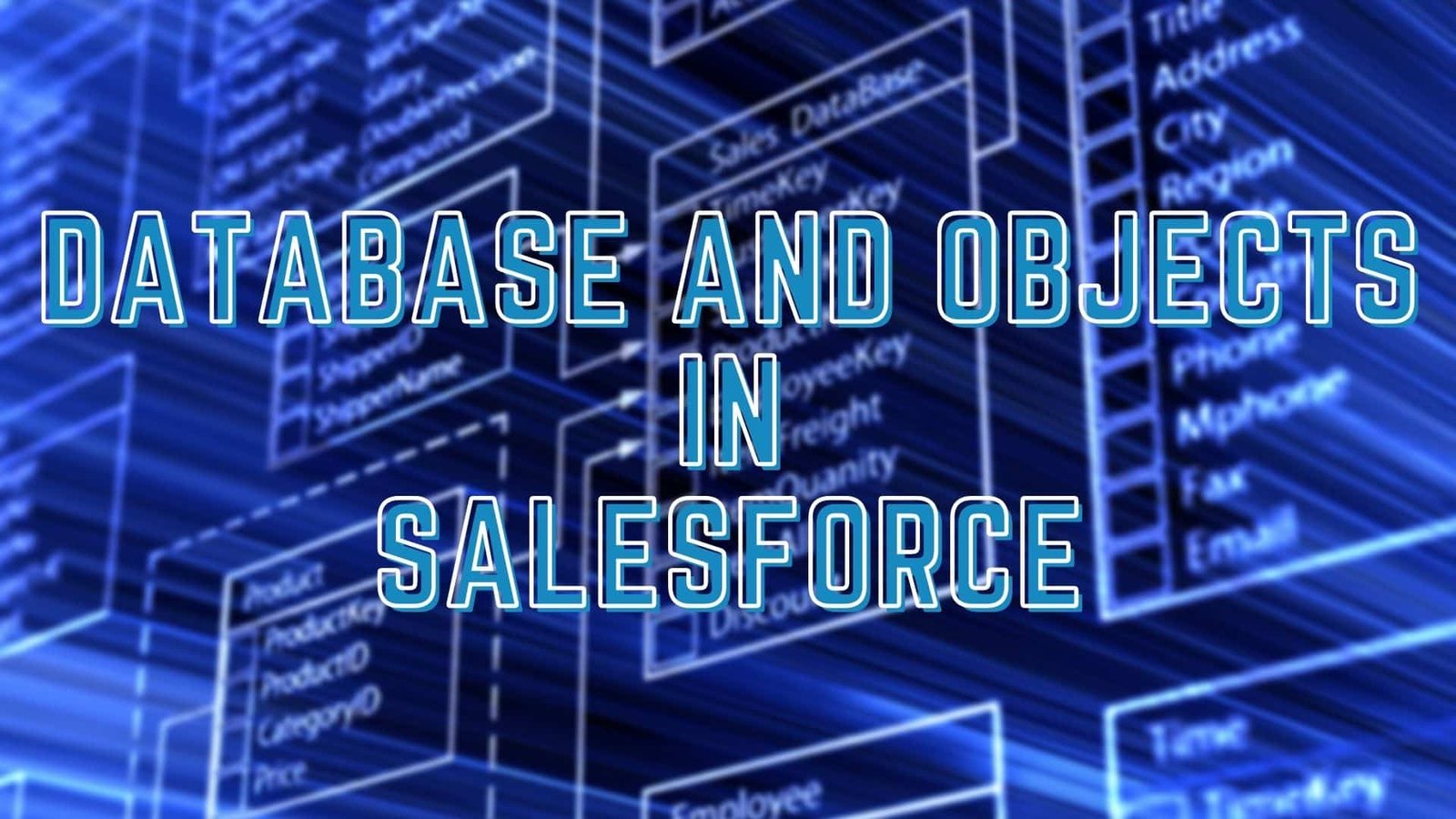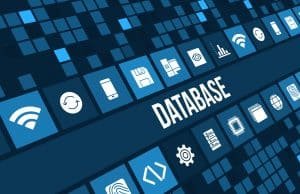Data Modeling is one of the major aspects of any business as it helps in simplifying information and data. It is also obvious that any company or industry can’t function without their data being stored or analyzed. There is no doubt in the fact that Objects in Salesforce are quite easy to learn and understand. Also, our team tried to put forward the concept of Database and Objects for beginners. Hence, it’s important to discuss the same in the Salesforce ecosystem. Make sure to go through every section of our guide and get complete information about the same.
Table of Contents
ToggleWhat is Database?
Before proceeding with the major topic, let’s understand the basics of a Database. The database is a specific set or table to store information quite conveniently. In other words, you can treat the database as a collection of statistics and information. Some of you might think that an Excel sheet is also used to store data. Then what is the need for a separate database? Well, a database not only stores data but also helps in updating, removing, or operating the data.
Table is the basic entity of any relational database where you store and manipulate data. Next, we have a simple example of a table with Employee Details of a firm.
| Employee ID | Name | Sector | Designation | |
| 156401 | Joe Hudson | R&D | HOD | joeH@gmail.com |
| 156209 | Mary Johnson | R&D | Manager | mjohnson@yahoo.in |
| 156703 | Sara Mathews | Development | Employee | mathews12@gmail.com |
| 156414 | Kartik Arora | Marketing | HOD | karora04@gmail.com |
| 156507 | Ling Chan | Marketing | Employee | chanling1@hotmail.com |
You can clearly see that all the data related to various employees are duly stored in the tables. We even have different columns that depict multiple kinds of headings like Name, Email, and Designation, etc. Further, the number of rows is the total employees whose information is currently active in the database.
Objects in Salesforce
However, Salesforce uses the concept of Objects to store data and modify it accordingly. Moreover, users can relate different objects with the help of relationship fields. We also have two major types of Objects available in Force.com that act as an entity of the database.
- Standard Objects– First, the Standard Objects are the ones that are pre-defined by the platform itself. Further, users can’t make many changes and have to stick with the exact definition. Account, Contact, Leads, etc. are some of the common examples.
- Custom Objects– As the name suggests, Custom Objects are user-oriented and can be customized according to the org’s needs. Moreover, it is like extending the features of standard objects and making them more useful.
Conclusion
We hope you now have a precise idea about the Database and Objects in Salesforce. Also, we will talk more about them in future and explain other details related to it.
If you want to learn more about it, enroll for our special Salesforce Platform App Builder Certification course just for you! We have a special discount exclusive for our readers.





